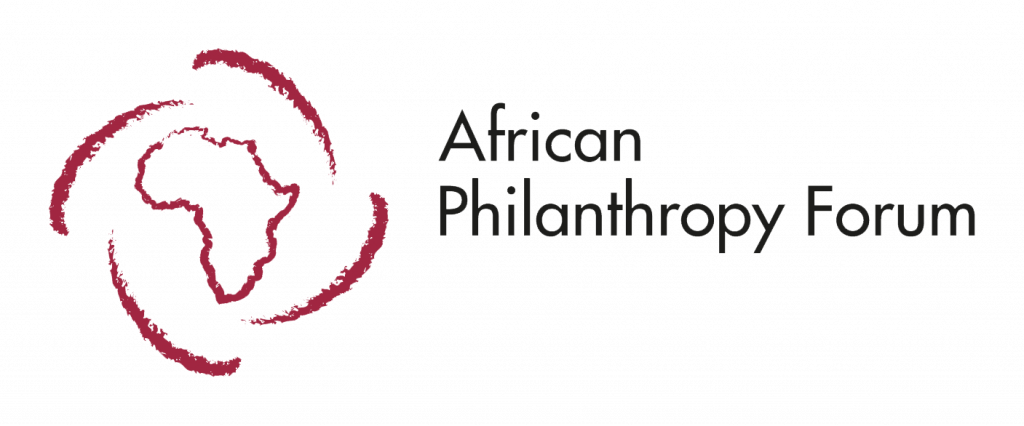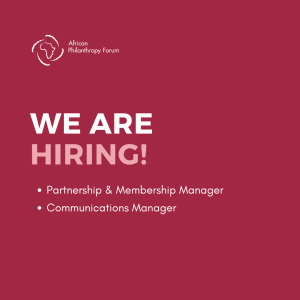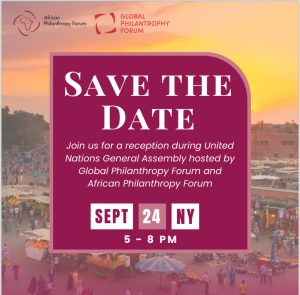A critical question to consider is who defines the real problem? Should one’s giving be based on an area that a philanthropist is passionate about? Or is the problem important because there are several requests that a philanthropist receives for support in one given area? While both passion and perceived demand are good indicators of a problem space to work in, they are but the first step in designing the most effective or appropriate approach to solve the problem.
Here are four questions to guide you in articulating your problem-focus area:
What sector will I focus on? This could be a particular development sector like education, health, entrepreneurship, or the environment. Some people focus on one sector and support multiple interventions within that sector, while others focus on two or more sectors and are able to create or fund distinct programmes across those selected sectors. If your interests cut across several sectors, it may help to make a list and prioritize the top two or three that motivate you.
What are the problem areas in my chosen sector? With clarity on what sector or sectors you plan to focus on, a next step is understanding the particular problem you want to solve. For example, someone who is interested in agriculture might look at how to support the increase of farmers’ access to inputs or advocate for women farmers to receive agribusiness training. Someone interested in human rights might look at funding measures to prevent trafficking. These very distinctive problem areas need to be well defined to ensure a sustainable engagement process and impact. Focused research on the dynamics of the chosen problem area will be necessary.
What specific groups of people am I looking to impact? In each sector and for each problem, there are distinct groups of people who are affected and could benefit from support. Based on your interventions, you will need to determine your target group of beneficiaries. Who will your programmes impact: children, youth, women, immigrants, or prisoners? As you narrow down the specifics you will find it a lot easier to tailor your interventions to the selected group or groups.
Where will I focus my work? Mapping out exactly where you will focus your philanthropy is critical. Some philanthropists concentrate their giving on specific communities, states, or countries based on where they have lived or had past experiences. However, some are drawn to areas where there is the most need. For example, during the Ebola crisis, a few African philanthropists provided cross-border support to carry out long-term health interventions and reintegrate communities affected by the epidemic. Although far from their immediate environment, these philanthropists were able to respond to the urgent needs within affected countries.
As you embark on this problem identification path, narrowing down your focus will be instrumental. However, choosing a problem area to focus on is an easier task compared to understanding what exactly it takes to bring about sustainable change. In reality, poor education, disease, hunger, inequality, and similar social problems are complex issues that need to be properly defined, and require well-researched and planned solutions. Due to this complexity, you have to guard against trying to address the symptoms of a problem instead of the root cause. Investing from the beginning, in focused research about the problem area, the sector, the target group and the region of focus, will enable you to build a more sustainable process through which you can start to actualize your giving.
Due to its long-term nature, philanthropy places demand on your time and financial resources. Philanthropists need to be honest and practical about the problem areas they are focusing on and if they are the best person to directly deliver the required solutions. In cases where it is obvious that your impact would be better off as a donor, the wiser option will be to seek out credible organizations that you can support.
—
This article is an excerpt from the first edition of the Toolkit for African Philanthropists published by the African Philanthropy Forum. To learn more about this toolkit, please visit here africanpf.org/publication


